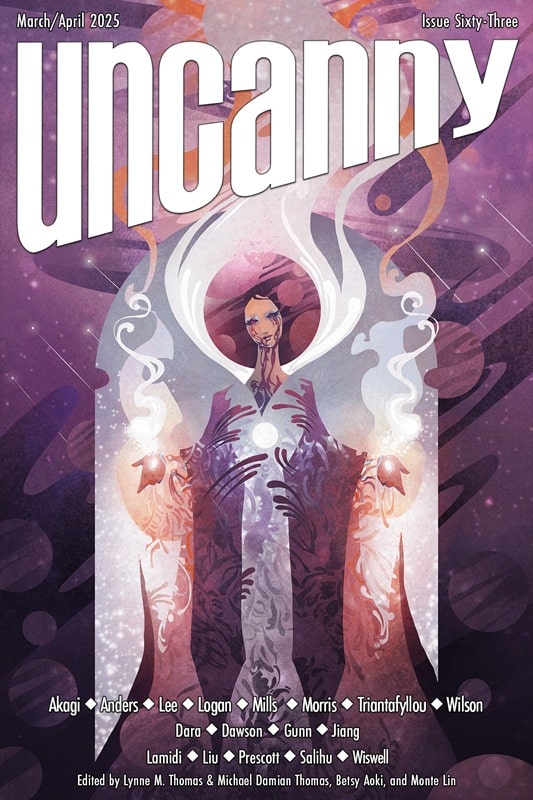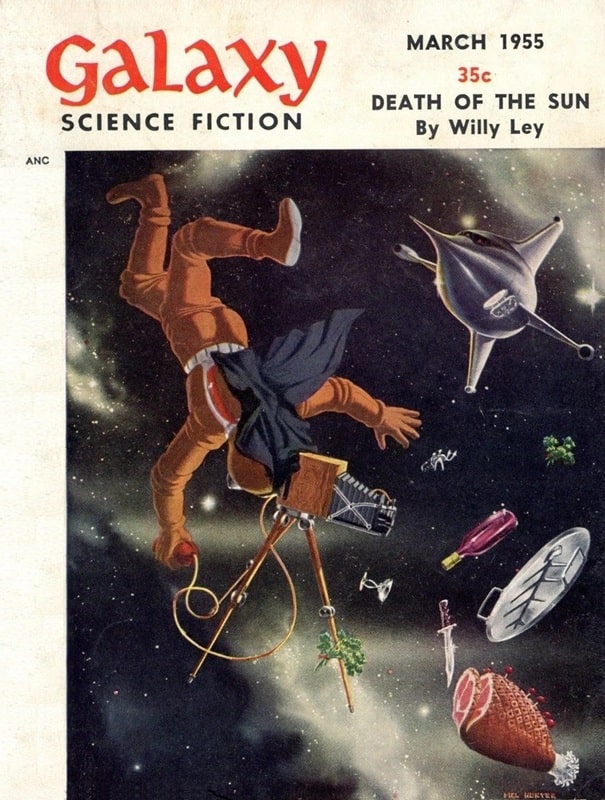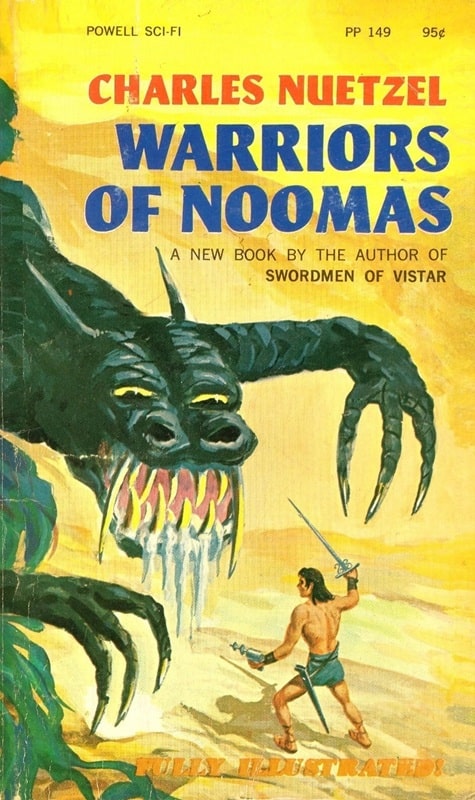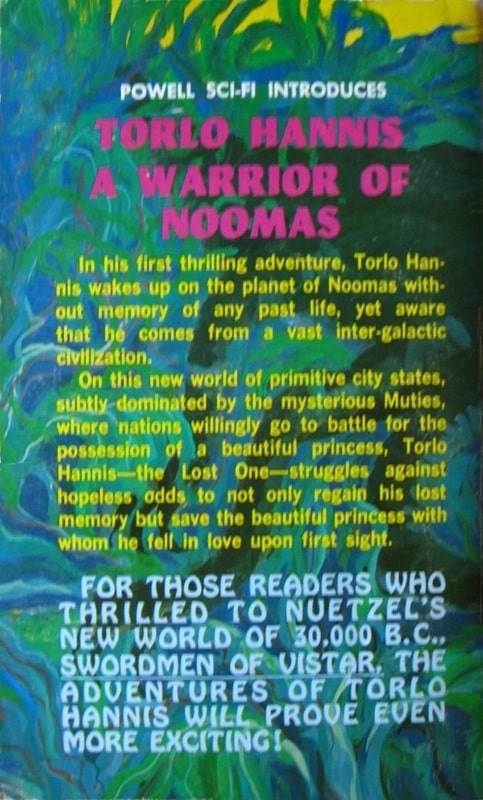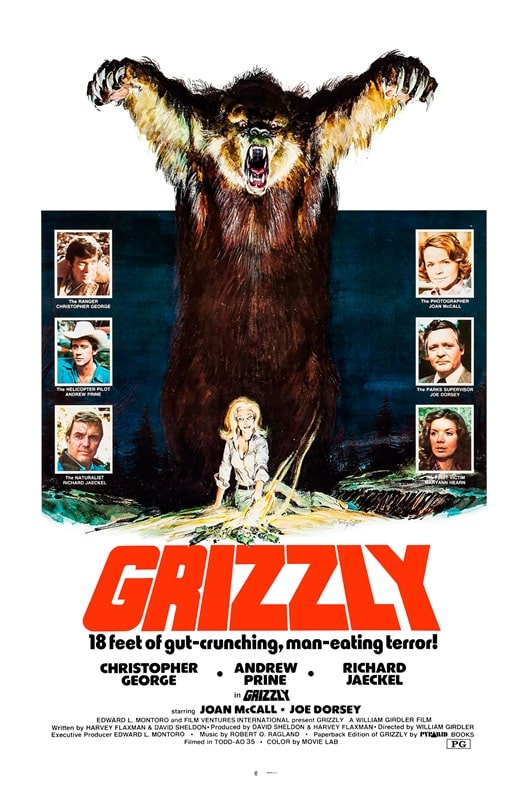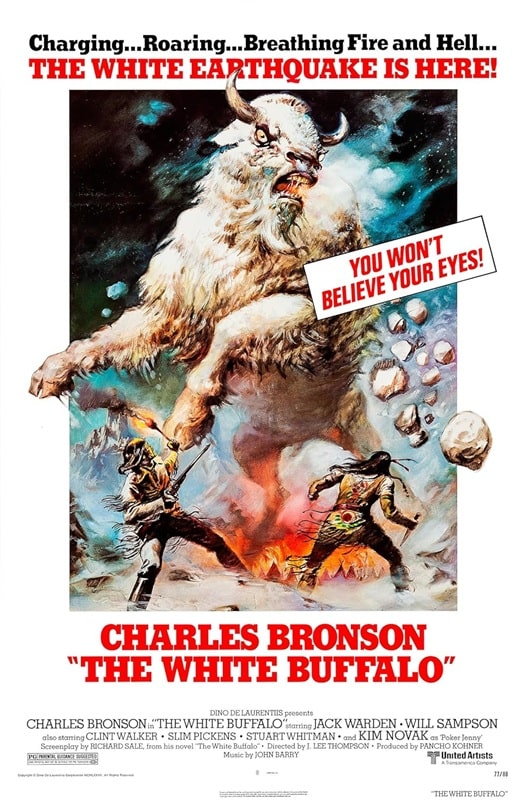The Lure of the Basilisk – 80’s Fantasy with a Cool Cover
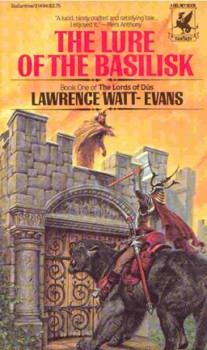 I was recently talking online about how in the eighties and nineties we bought fantasy books because we liked the cover. And the pic I included was The Lure of the Basilisk, which kicked off the adventures of Garth the Overman. It’s been ten years since I wrote about that, back in the days of The Public life of Sherlock Holmes. So here’s a revisit of to a pretty cool fantasy series that you should check out, if you never have.
I was recently talking online about how in the eighties and nineties we bought fantasy books because we liked the cover. And the pic I included was The Lure of the Basilisk, which kicked off the adventures of Garth the Overman. It’s been ten years since I wrote about that, back in the days of The Public life of Sherlock Holmes. So here’s a revisit of to a pretty cool fantasy series that you should check out, if you never have.
The eighties was full of epic fantasy series’ by the likes of David Eddings, Raymond Feist, Stephen R. Donaldson, Terry Brooks and Katherine Kurtz, to name a few. While many remain giants in the history of the genre, Lawrence Watt-Evans wrote a largely forgotten series: The Lords of Dus.
Watt-Evans has written quite a bit of fantasy, science fiction and horror and is probably best known for his Ethshar series. Ethshar was created as a role-playing game world and he ended up writing many novels and short stories using the setting. The Misenchanted Sword is my favorite Ethshar novel.
Watt-Evans had flunked out of Princeton’s architectural school and had to wait a year before he could re-apply. He had heard (the possibly apocryphal story) that Larry Niven started his career by deciding to write for one year and if he sold something, continue on: if he didn’t, he’d give it up. Watt-Evans decided to do the same and wrote a slew of short stories, selling one.
He did go back to school, but he wrote a novel (The Cyborg and the Sorcerer) on a summer break and after two years of college, gave it up to make a living with the typewriter (as a writer, not a typewriter salesman).
Influenced by Robert E. Howard, Michael Moorcock and Lin Carter’s anthologies (Flashing Swords, anyone?), he was ready to spin a fantasy saga featuring a non-human (but less effete than a Melnibonian) hero. Thus, the race of overmen.
